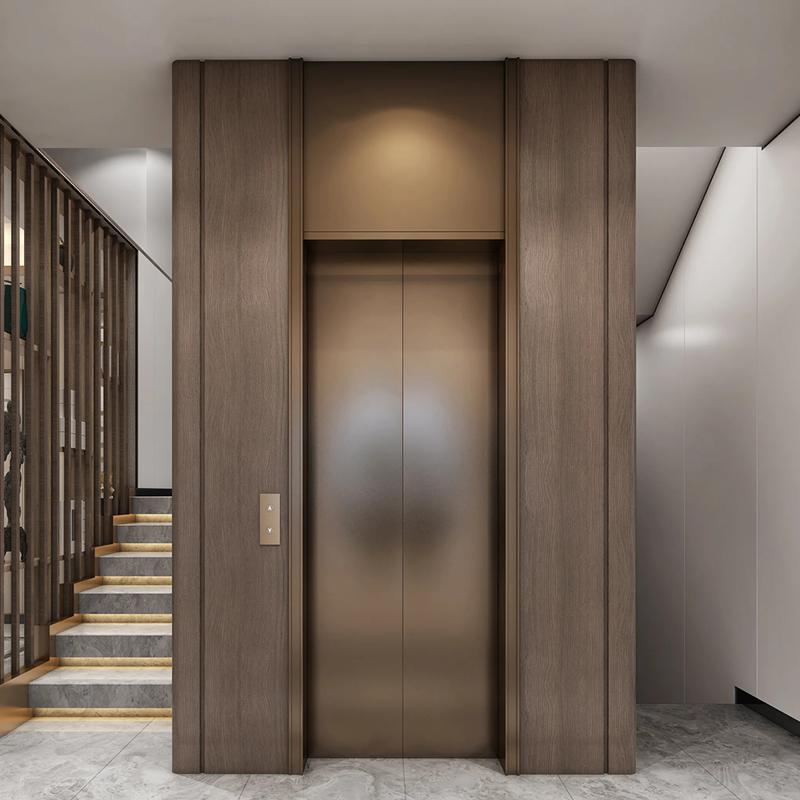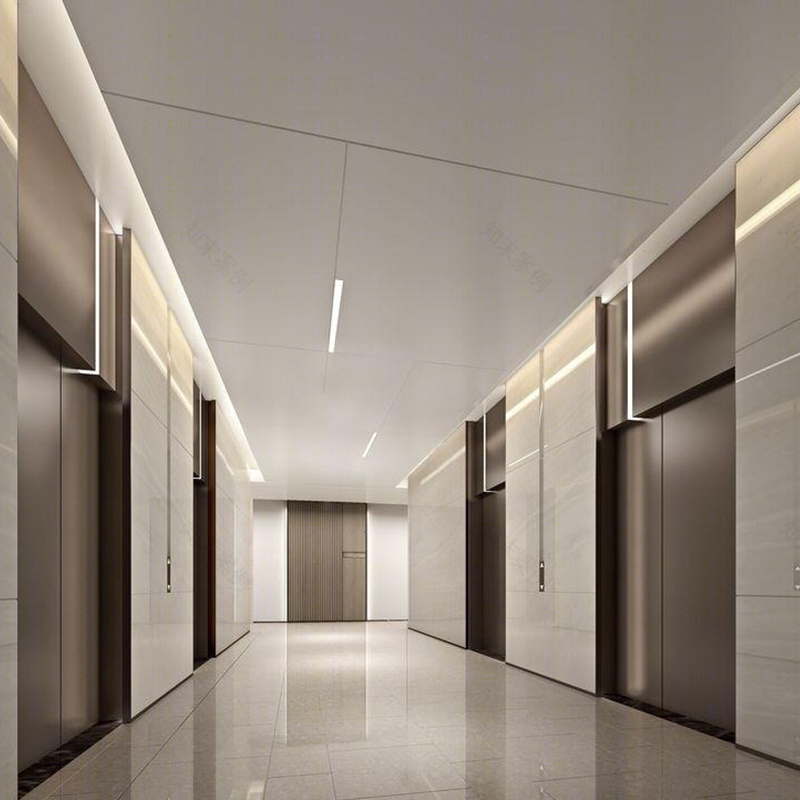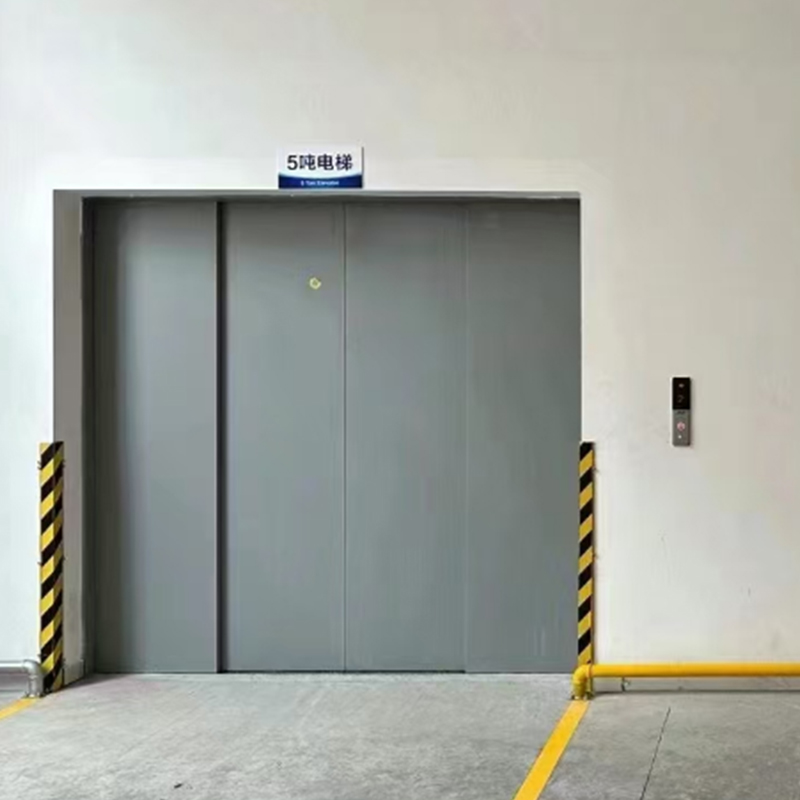
What Makes a Trailing Platform Ladder a Smart Investment for Elevated Work?
Posted by Admin | 25 Aug
In busy warehouses, manufacturing facilities, retail environments, or maintenance operations, securing safe and efficient elevated access is crucial. While conventional step ladders have their place, a trailing platform ladder offers superior stability, ergonomic comfort, and overall safety—especially during tasks that require extended time at height or both hands free. This comprehensive guide covers everything you should know about trailing platform ladders, from types and materials to key features, safety protocols, and maintenance practices.
Introduction to the Trailing Platform Ladder
A trailing platform ladder is a mobile elevated work platform combining a wide stable base, stair-like steps with handrails, and a broad non‑slip work platform. Equipped with casters, these ladders can be easily trailed into position, then securely locked for safe use. They differ fundamentally from traditional stepladders by offering comfortable, hands‑free access for longer durations.
These ladders are commonly used in:
- Warehouses and distribution centers: Accessing high shelves and stock picking.
- Factories and manufacturing plants: Machinery access, inspection, quality control.
- Retail environments: Shelf stocking, display setup in high-ceiling stores.
- Facilities maintenance: Painting, lighting maintenance, cleaning in large buildings.
The combination of a spacious platform and guardrails drastically reduces fall risk and improves efficiency.
Types of Trailing Platform Ladders
By Material
Aluminum Trailing Platform Ladders
Aluminum models are lightweight, corrosion-resistant, and easy to move—ideal for environments with occasional relocation needs. Their load capacity tends to be lower than steel models, making them more suitable for lighter-duty applications.
Steel Trailing Platform Ladders
Steel ladders deliver exceptional durability and higher load capacity, often exceeding 450 lbs. They perform well in demanding industrial settings. However, they are heavier and may require more effort to move. Proper coating or maintenance is necessary to prevent rust.
Material Comparison Table
| Material | Load Capacity | Durability | Rust Resistance | Recommended Use |
|---|---|---|---|---|
| Aluminum | Medium (200–300 lbs) | Moderate | Excellent | Light industrial, retail |
| Steel | High (300–450+ lbs) | Excellent | Moderate (needs coating) | Manufacturing, heavy-duty |
By Configuration
Fixed Platform Ladders
These are permanently installed and anchored in one location. They are most suitable for facilities with stable layouts and predictable access needs.
Rolling Platform Ladders
The most popular type, these ladders roll on casters or wheels. When in use, the mechanism locks them in place for stability. They offer high mobility and versatility.
Cantilevered Platform Ladders
Designed with platforms that extend outward to reach over obstacles or machinery. Ideal for specialized industrial or maintenance tasks requiring extension beyond a straight footprint.
Configuration Comparison Table
| Configuration | Mobility | Stability | Typical Applications |
|---|---|---|---|
| Fixed Platform Ladders | Low | Very High | Permanent elevated work stations |
| Rolling Platform Ladders | High | High | Warehouses, stockrooms, maintenance |
| Cantilevered Platform Ladders | Moderate | High | Over machinery, confined spaces |
By Application
Industrial Platform Ladders: Heavy-duty designs with high load capacity, built for manufacturing and distribution.
Warehouse Platform Ladders: Rolling ladders designed for stock picking and frequent repositioning in warehouse aisles.
Stock Picking Ladders: More compact and nimble, allowing frequent movement between shelving units with a platform at a reachable height.
Key Features to Evaluate in a Trailing Platform Ladder
Safety Standards and Certification
Ensure any trailing platform ladder you select meets applicable safety standards:
- OSHA regulations, which mandate guardrails, minimum tread depth, and safe load ratings.
- ANSI A14.7 standards, which often exceed OSHA requirements and reflect higher safety performance expectations.
Load Capacity
Select a ladder rated for the combined weight of user, tools, and materials:
- Type IA (Extra-heavy duty): Up to 300 lbs
- Type I (Heavy duty): Up to 250 lbs
- Type II (Medium duty): Up to 225 lbs
Choose a rating that provides sufficient safety margin for your typical workload.
Platform Size and Step Dimensions
- Platforms should be wide and deep enough to accommodate tools and allow workers to shift safely.
- Step depths of at least 7 inches provide comfortable, secure footing during ascents and descents.
Guardrails and Handrails
- Handrails should flank each side of the stairs.
- Guardrails around the platform are required to prevent falls.
Casters and Mobility Features
- Look for spring‑loaded casters that retract under weight to prevent movement during use.
- Casters should be durable, non‑marking, and include a reliable locking mechanism.
- Foldable or compact designs are beneficial when storage space is constrained.
Safety Protocols for Using a Trailing Platform Ladder
Pre‑Use Inspection Checklist
Before each use, verify:
- No bends, cracks, loose welds, or other structural damage.
- Casters and brakes in working order.
- Clean, non‑slippery steps and platform surfaces.
Proper Setup and Positioning
- Position ladder on a firm, level surface.
- Lock wheels before climbing.
- Clear surrounding work area of obstructions.
Safe Climbing Techniques
- Maintain three‑point contact while climbing or descending.
- Never climb past the top platform; guardrails are your limit.
- Avoid leaning beyond guardrail boundaries.
Preventing Overreaching
- Move the ladder position instead of stretching to reach objects.
- Overreach is a common cause of falls even on otherwise stable platforms.
Maintenance and Care for Your Trailing Platform Ladder
Recurring Inspection Schedule
- Inspect ladder monthly—or more frequently in heavy-use settings.
- Look for joint loosening, caster wear, rust, or cosmetic damage.
Cleaning and Lubrication
- Regularly wipe steps and platform to remove dust, oil, or debris.
- Lubricate hinges and casters according to best‑practice intervals.
Storage Recommendations
- Store indoors whenever possible, away from moisture.
- Cover the ladder or place it in a protected area to avoid damage.
- Fold or collapse units securely if supported by their design.
Repair or Replacement Procedures
- Immediately remove from service any ladder with structural damage.
- Follow manufacturer guidance when repairing any component.
- Prefer replacement over risky repairs where structural integrity is uncertain.
Regulatory Compliance: OSHA & ANSI Highlights
Understanding and adhering to legal safety standards is critical to avoid fines and protect workers.
OSHA Requirements
- Guardrails height must be at least 38 inches.
- Step tread depth must be minimum 7 inches.
- Structural load must support four times the maximum expected load.
ANSI A14.7 Standard
- Provides specifications for mobile ladder platform integrity, stability, and design dimensions.
- Widely recognized as a benchmark for quality and safety beyond baseline regulations.
Maintaining Compliance
- Keep records on ladder certification and usage.
- Employ regular staff training for safe operation.
- Maintain maintenance and inspection logs for audit readiness.
Special Use Scenarios for Trailing Platform Ladders
Certain environments call for specialized ladder features:
- Cleanroom settings: Use stainless- or aluminum-based models with electro-polished surfaces.
- Electrical or high-voltage areas: Opt for non‑conductive fiberglass ladders.
- Outdoor work: Choose powder‑coated steel models with weather-resistant finishes.
- Confined or extended‑reach scenarios: Cantilevered designs or extra‑wide bases provide added access.
Final Thoughts: Is a Trailing Platform Ladder Worth the Investment?
Without question, a trailing platform ladder is a sound investment in workplace safety, comfort, and efficiency. Compared to traditional ladders, its enhanced stability, ergonomic design, and compliance with stringent safety standards make it the preferred tool for frequent or prolonged elevated work.
By carefully selecting the right model—considering material, configuration, load rating, dimensions, and safety features—you reduce risk, improve operational speed, and promote long-term productivity. When maintained properly, your ladder becomes a dependable asset that supports worker well‑being and regulatory compliance well into the future.
Remember: Choosing the right ladder is more than just buying equipment—it’s investing in safety, reliability, and organizational excellence.
-
 Founding Road, Qidu Linhu Economic Zone, Wujiang City, Jiangsu Province, China
Founding Road, Qidu Linhu Economic Zone, Wujiang City, Jiangsu Province, China
-
 [email protected]
[email protected]
-
 +86 17701557926/+86 0512-63818375
+86 17701557926/+86 0512-63818375


 En
En English
English русский
русский Español
Español عربى
عربى





